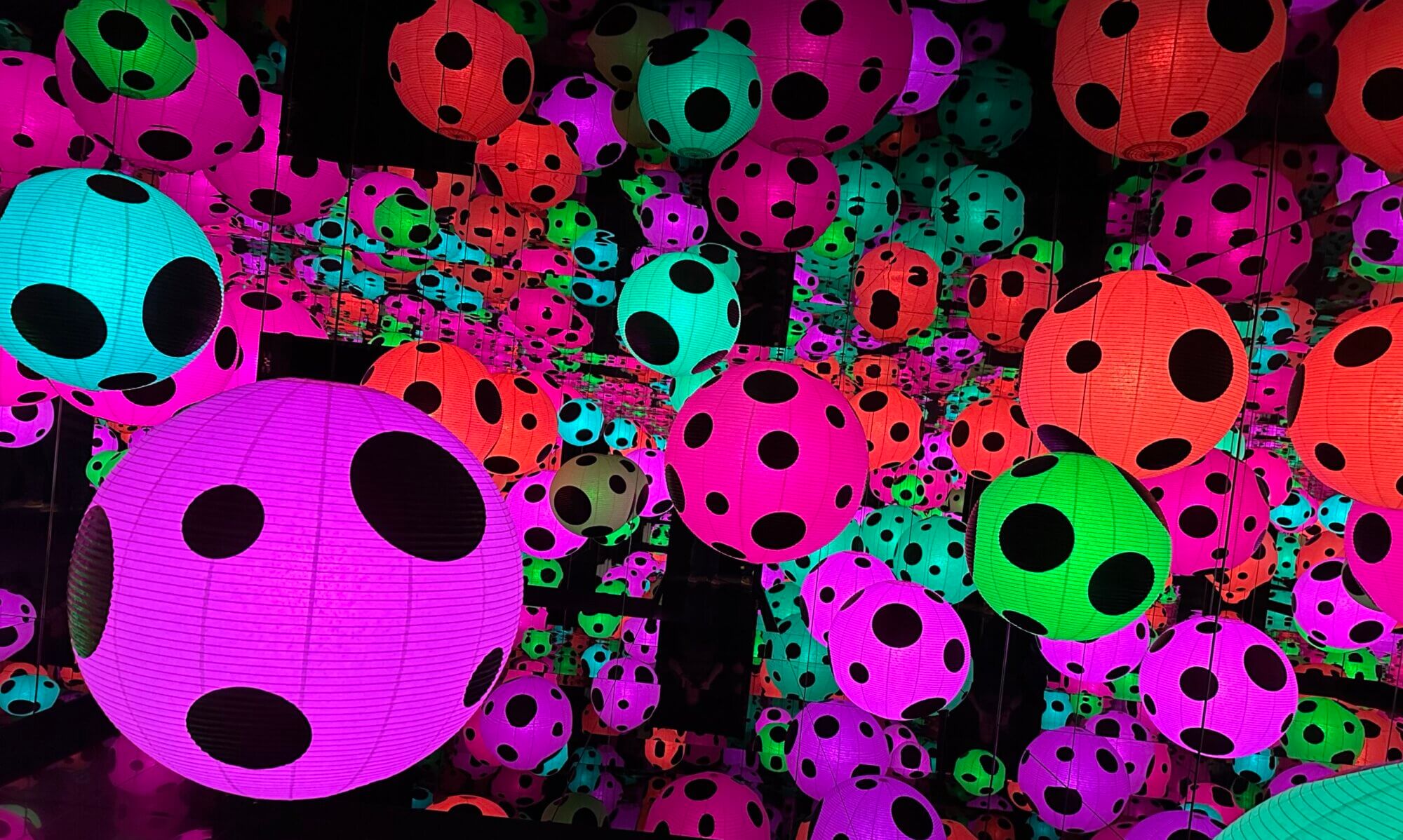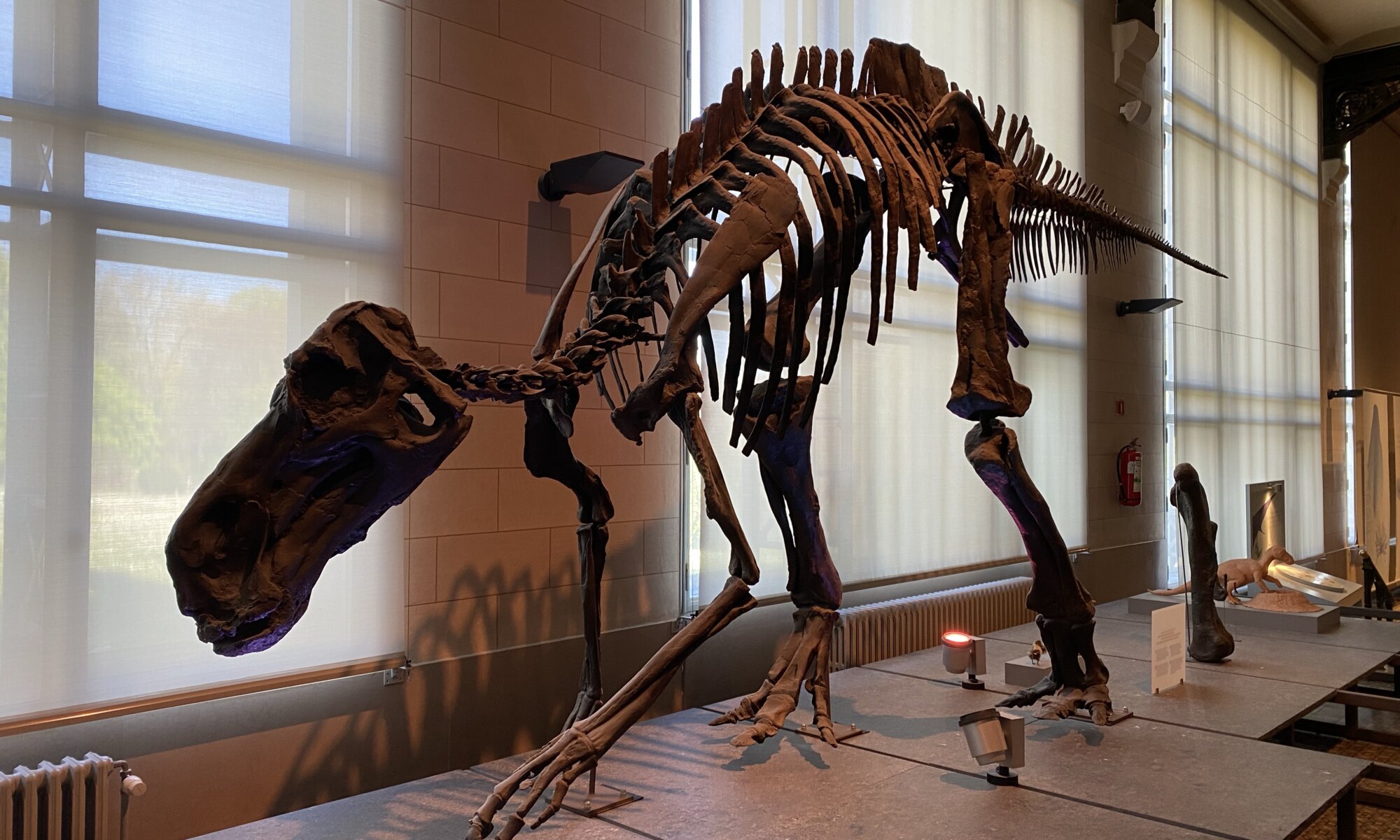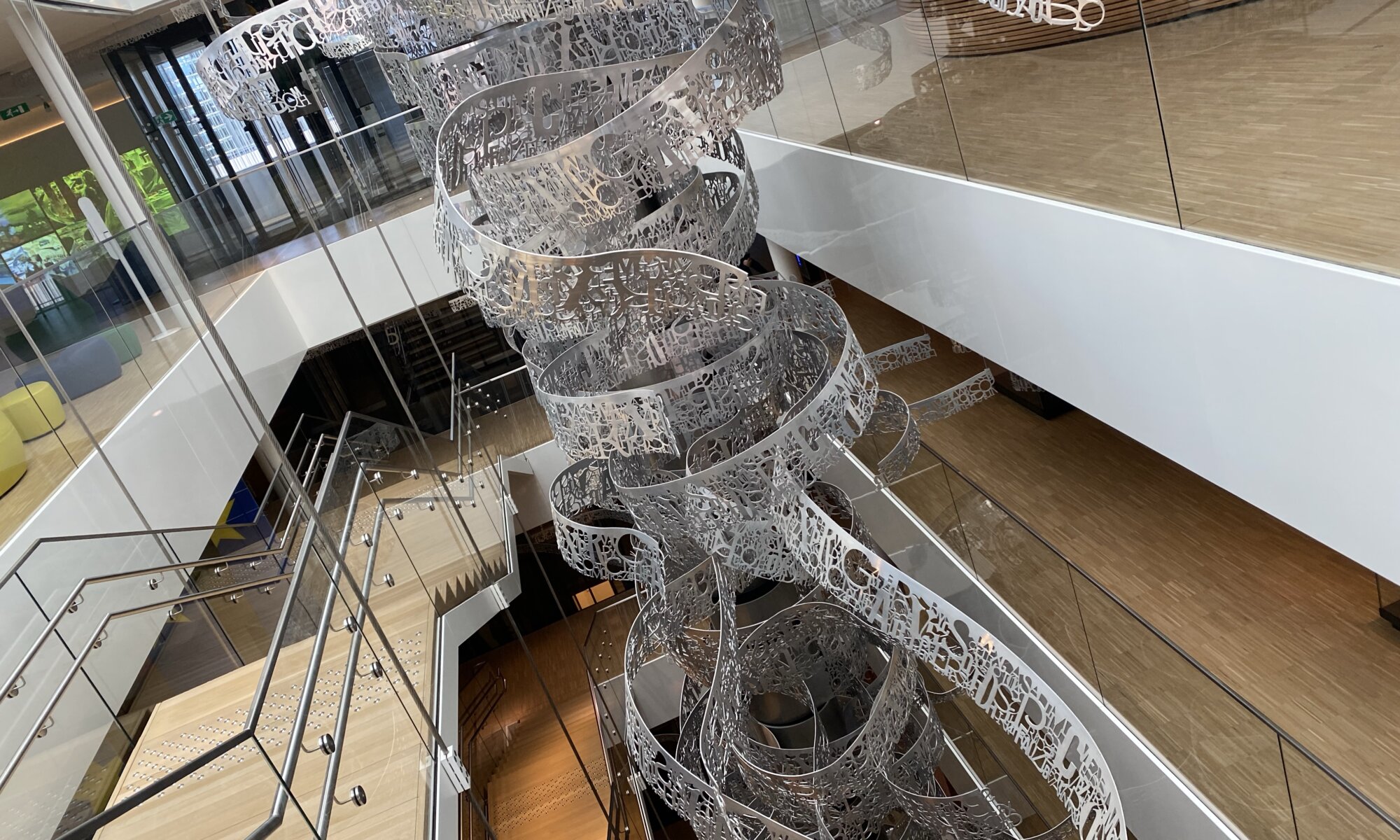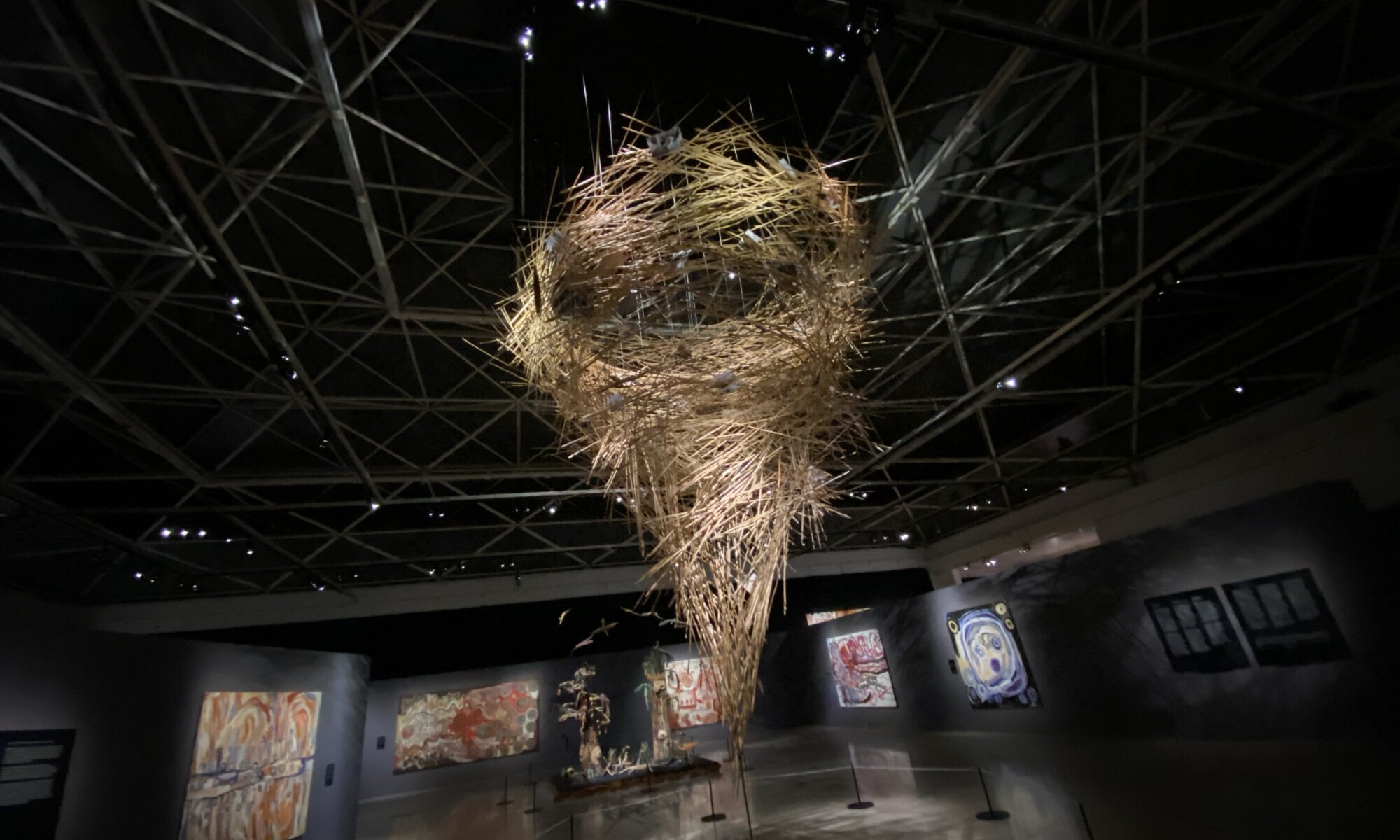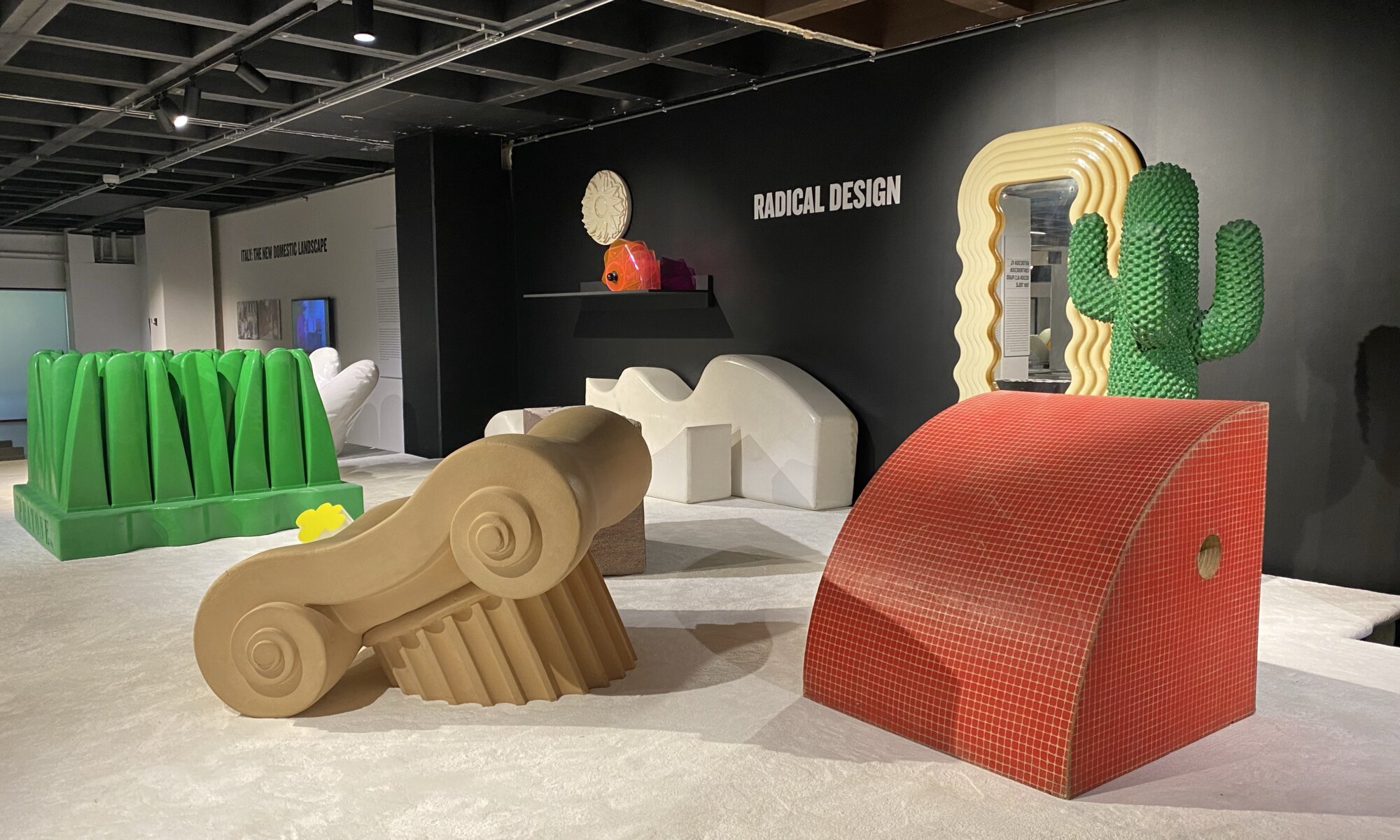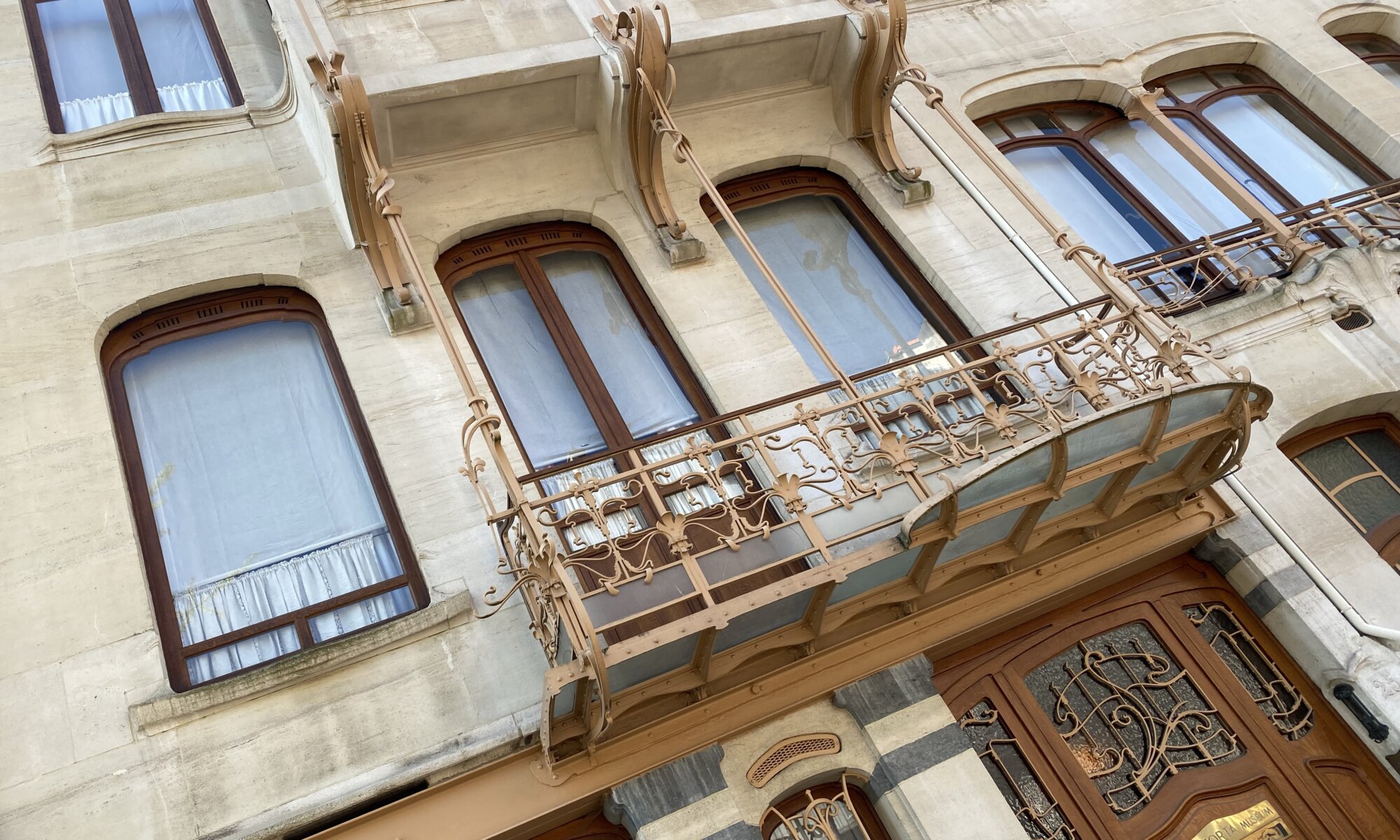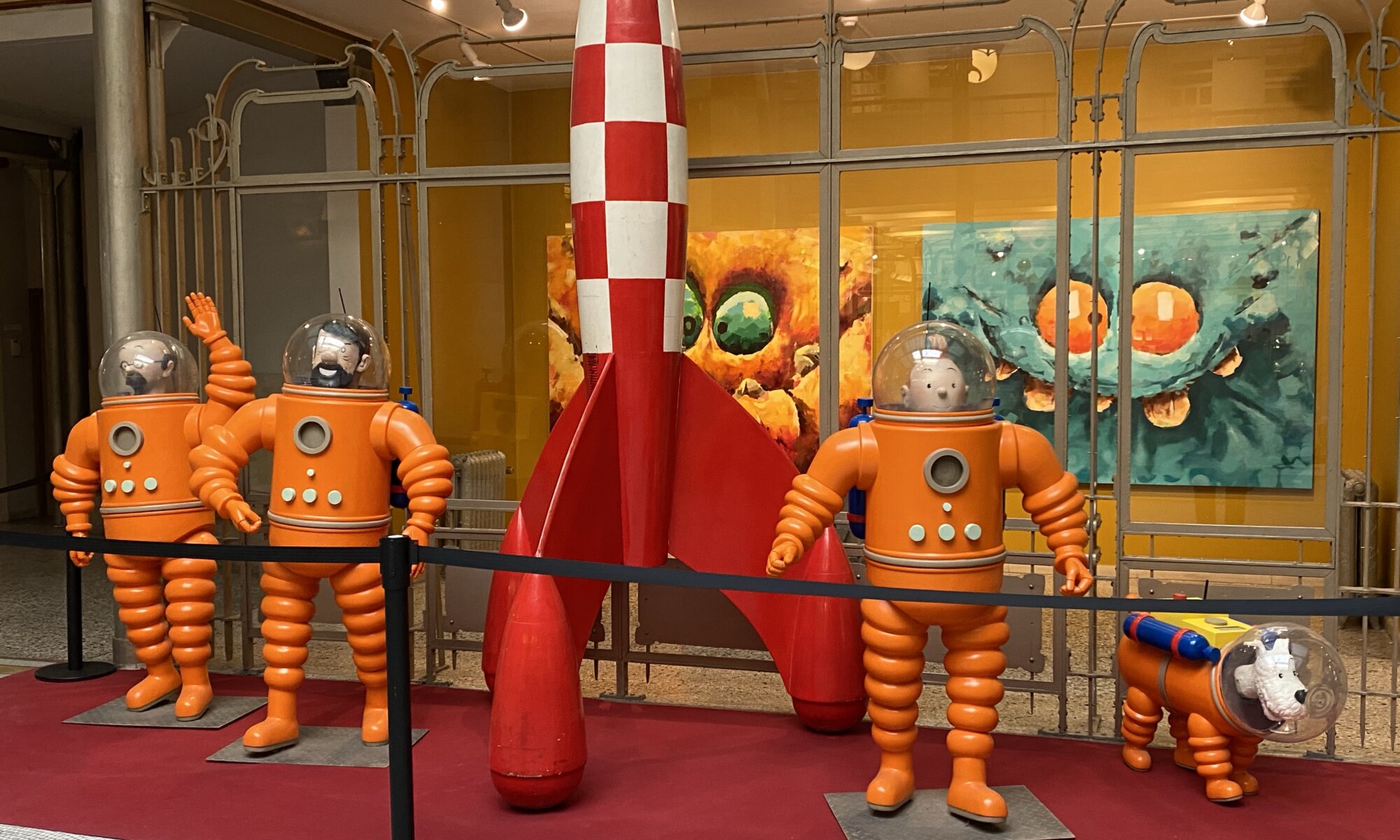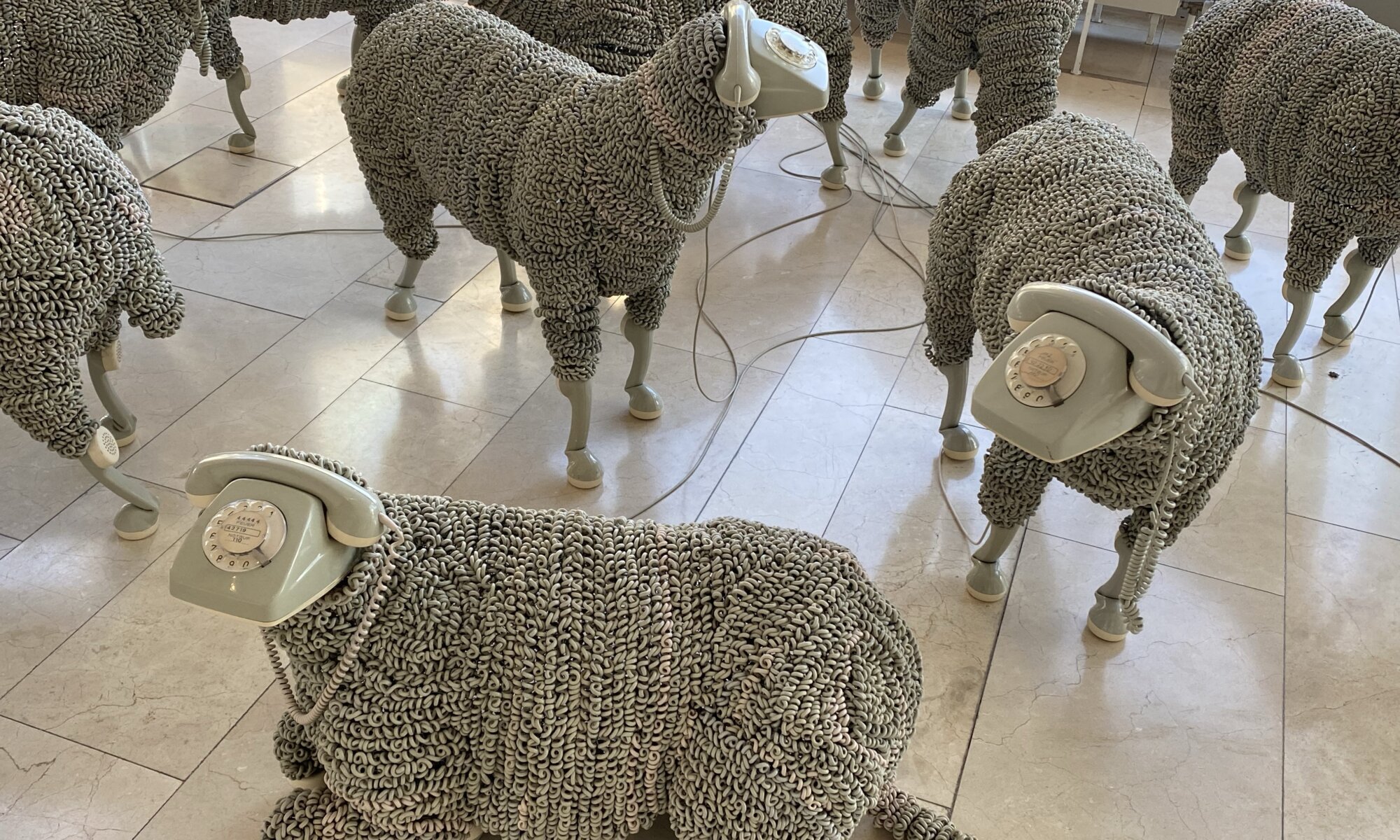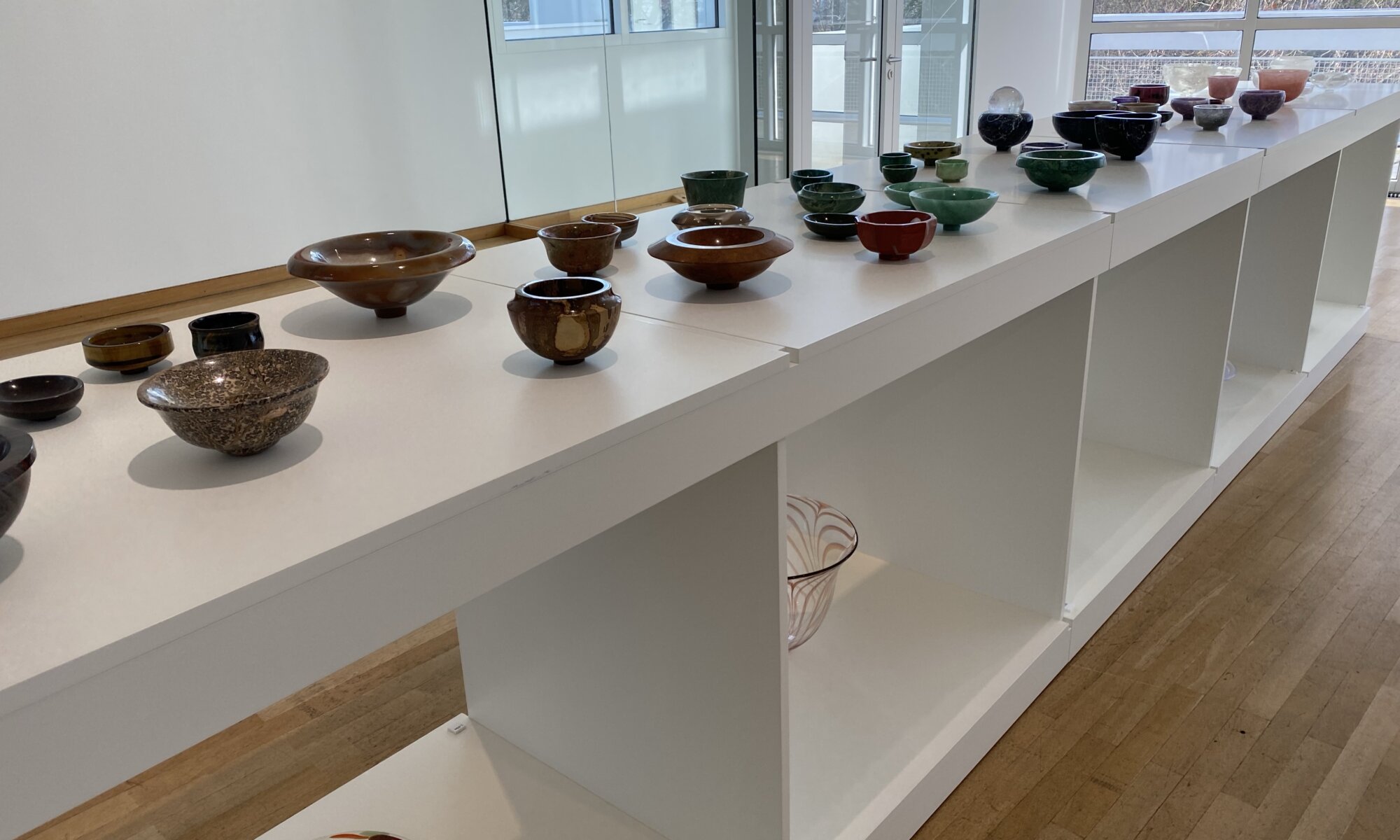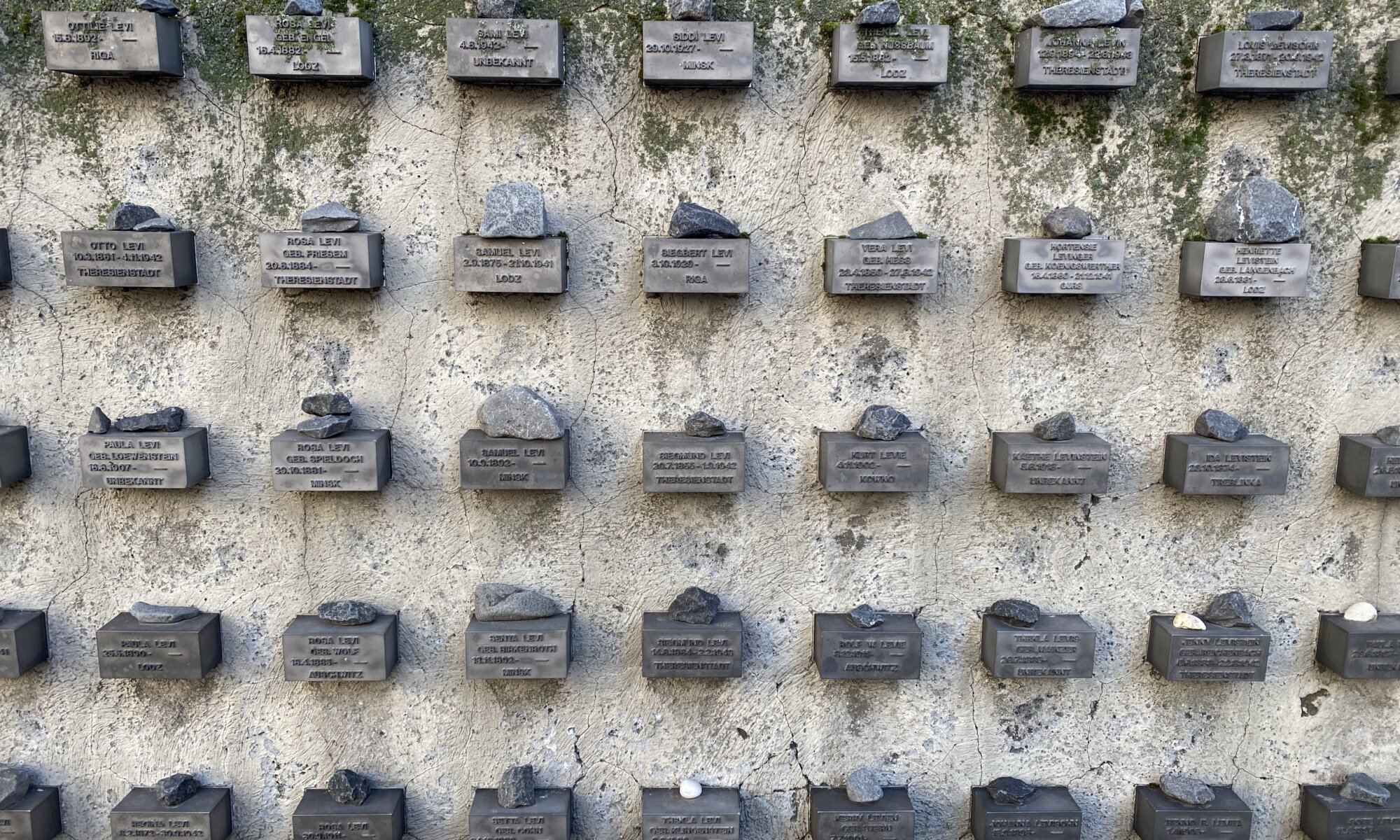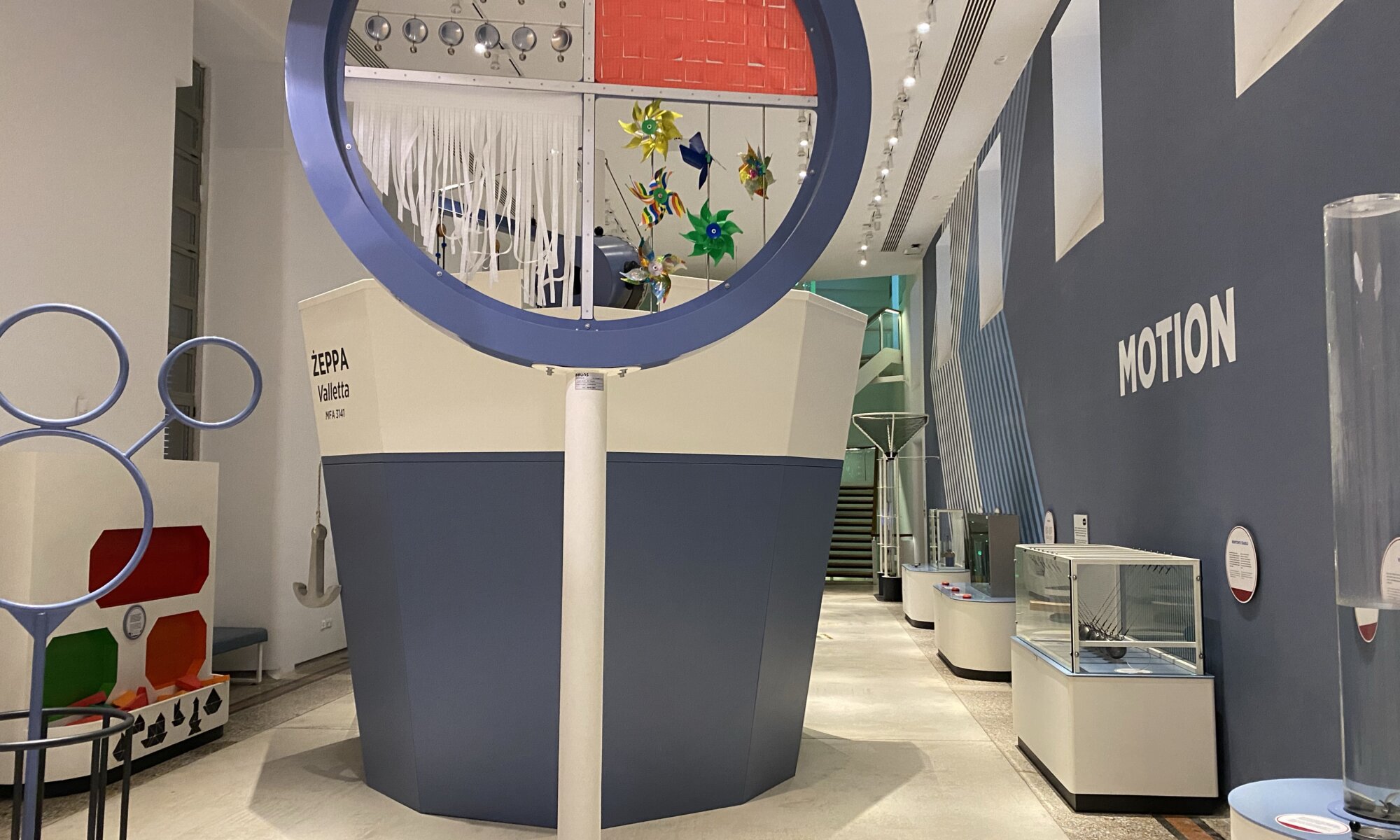The natural sciences museum of Bruxelles dates back to the 18th century and is located near the Parc Léopold in the European quarter. With 38 million of items, it is one of the largest collections in Europe and the exposition area focusses on giving insight to the masses. Main topics are the human body, biodiversity in everyday life and mostly: dinosaurs. Yes, all the kids love them, and they seem to be the gateway drug into natural sciences.
Continue reading “Dinosaurs”House of European History
Since 2017 you can find the House of European History in the European Quarter of Bruxelles. It focusses on the older and newer history of Europe as a continent and strives to present a historic line for all states on European ground. The museum starts with the definition of Europe, leads through the central struggles of the last centuries, and ends with current developments and conflicts.
Continue reading “House of European History”Musées royaux d’Art et d’Histoire
The royal museums for art and history at Bruxelles is a combination of state museums including the Art & History Museum at the Parc du Cinquantenaire (Jubelpark), the Porte de Hal, the Musical Instrument Museum in an art nouveau building and the Museums of the Far East located at Laken. The flagship is the giant Musée Art & Histoire (formerly called Musée du Cinquantenaire) which is one of the largest art museums in Europe.
Continue reading “Musées royaux d’Art et d’Histoire”Life in plastics
Between the exposition area of Bruxelles and the Atomium you can find a special museum dedicated to the design of things. The Design Museum is a wide collection of everyday items made from plastics: chairs, tables, TVs and much more. Even radical approaches towards common items are presented here and contribute to the fun. Additionally, there is a gallery exhibiting items from Belgian designers and changing exhibitions.
Continue reading “Life in plastics”Art nouveau paradise
Victor Horta was a Belgian architect born in 1861, creating art nouveau buildings. He enriched the city of Bruxelles with different houses in this fantastic style and four of them together form a UNESCO world heritage site. The best place to learn more about him and his work (and to enjoy art nouveau buildings and furniture) is his former house and workshop at the city quarter St. Gilles. When standing in front of the building you can’t really imagine the beauty that awaits you inside – you need to visit it.
Continue reading “Art nouveau paradise”Bande dessinée
The Smurfs, Lucky Luke, the Marsupilami, Tintin, Spirou and Fantasio: Belgium is the main source for comics in Europe. Around 60 % of all books published in this country tell their story visually. Today Japanese mangas dominate the international market, but the Belgian comic characters are still beloved by many people worldwide. It therefore comes as no surprise that the Belgians celebrate them in an own museum, the Centre Belge de la Bande Dessinée.
Continue reading “Bande dessinée”Ruf doch mal an!
Communication is an essential part of everyday life. A good place to learn more about it is the Museum für Kommunikation at the Museumsufer of Frankfurt am Main, Germany. It was created by extending the Bundespostmuseum (postal museum) founded in 1958 and now covers all aspects of communication. A very entertaining museum that gives you the chance to travel back in time and see the means of communication you’ve used in the past.
Continue reading “Ruf doch mal an!”Applied arts
The Museum Angewandte Kunst (MAK) of Frankfurt am Main is located at the riverside in the city center and is part of the Museumsufer. It resides in a modern building from 1985 but also extends to the ancient Villa Metzler from 1803. The MAK displays applied arts, which means applying design to everyday objects (in contrast to the fine arts, producing objects without practical use). Within the museum you can especially find items concerning interior design, industrial design, and crafts.
Continue reading “Applied arts”Traces of Jewish life
What do Theodor Adorno, Paul Ehrlich, Anne Frank, Erich Fromm and Mayer Amschel Rothschild have in common? They were Jews living at Frankfurt am Main. The city has a long Jewish history dating back to the year 1150 and the traces are still visible today – especially at the riverside of the Main with beautiful houses and at the Börneplatz, the place where the main synagogue was burned down on the 9th of November, 1938. Two impressive museums commemorate the Jewish heritage of the city.
Continue reading “Traces of Jewish life”Esplora
What to do on Malta when it’s raining? Thats a question that nobody seems to be asking when coming to the island in high season when this situation occurs rarely. In low season I experienced days on which it was raining cats and dogs: the streets were flooded; people were sometimes turning the warning lights of their cars on because they couldn’t continue. Obviously even the road authorities of Malta don’t calculate with rain.
Continue reading “Esplora”